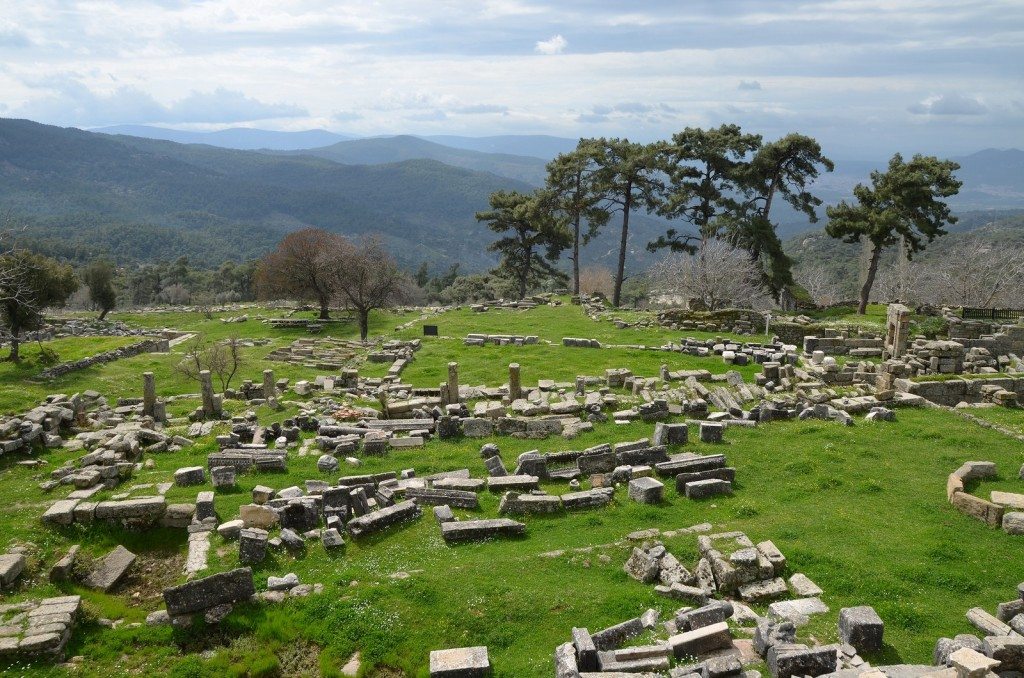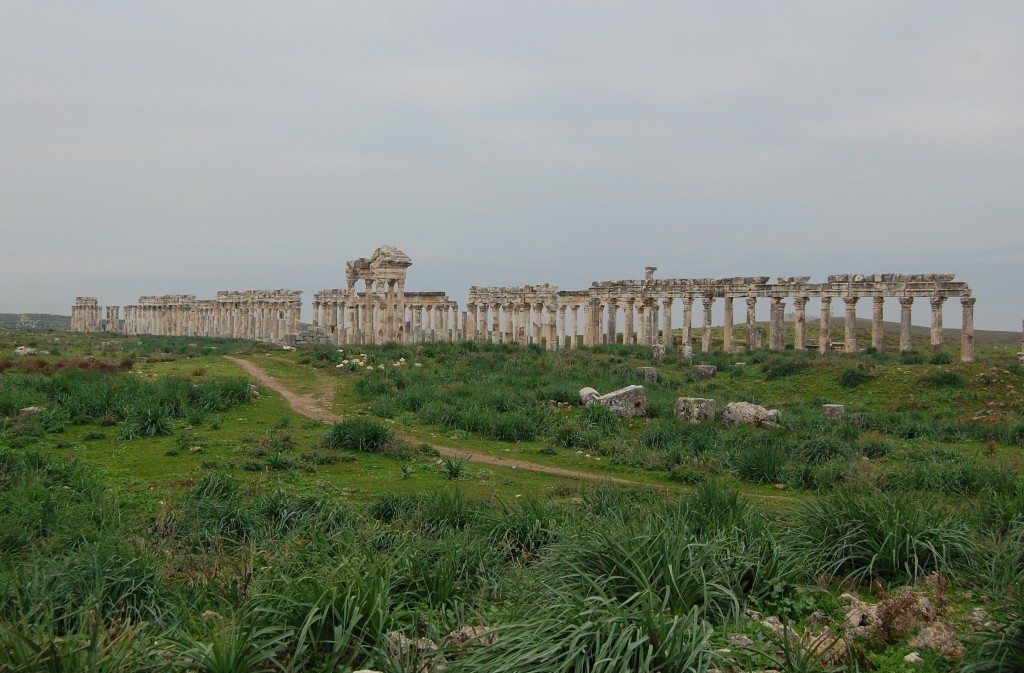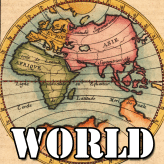Hi everyone, I am Jade Koekoe, blog editor of AHetc. As an end of year treat I thought I would share with everyone my 10 favourite blog posts of 2015.
10 Hidden Ancient Treasures in Caria

The Sanctuary of Zeus Labraundos at Labraunda overlooking the plain of Milas, Caria, Turkey. Photo © Carole Raddato.
I love learning from people who have visited a place before me, this is why Carole Raddato‘s 10 Hidden Ancient Treasure in Caria, is top on my list. Carole provides a brief history of each place on her list and details the site’s significance today. This article is a truly wonderful guide for people wanting to travel to Caria in future. Carole has also written a similar post for AHE about Provence, France.
Rome: 4 Triumphal Arches

The largest surviving Roman arch was built to celebrate Constantine’s defeat of Maxentius in 312 CE. Photo © Mark Cartwright.
Want to know about Triumphal Arches and why the Romans built them? Mark Cartwright‘s Rome: 4 Triumphal Arches is an excellent place to start. I particularly enjoy looking at and studying ancient architecture, which is why this article is my number two choice. I re-visit this one and Mark’s other articles about the Erechtheion and Bronze statues quite often.
How Global Heritage Fund Saves Cultural Treasures

A stone slab from the ancient city of Ciudad Perdida in Colombia. (Photo Credit: William Neuheisel. Courtesy of GHF.)
Preserving our world’s cultural heritage is a big part of why some, including myself, study history. This interview, How Global Heritage Fund Saves Cultural Treasures, conducted by AHE’s James Blake Wiener reveals how the Global Heritage Fund chose sites and some of their current projects. I appreciated the chance to learn how people around the world are working together to preserve and maintain our cultural heritage, because as Mr. Stefaan Poortman said in his interview “the destruction to cultural heritage is not a regional crisis, it is an international disaster on every scale.”
In the footsteps of Xerxes
Ben Churcher is an educator, a traveller and historian. In his article, In the footsteps of Xerxes, he travels to many locations where episodes of the Persian wars took place. Ben undertakes an investigation to sort out the myths surrounding these wars from the reality and beautifully describes his observations. I particularly enjoyed reading his insights into the locations of the Battle of Marathon, the crossing at the Hellespont, and Spartan bravery.
Never Before Seen: The Belula Pass Rock Relief

Finally, we have found it! One my friends climbed up, in a very risky situation to sit down before the relief. Note the location of the relief and the very small space in front of it. Photo © Osama S. M. Amin.
As pointed out by Osama S. M. Amin, there is limited research and writing done on the rock relief’s of Iraqi, Kurdistan. This is why I enjoy reading his posts about them! In this article, Never Before Seen: The Belula Pass Rock Relief, Osama provides us with a look into Iraqi archaeology that really only the locals enjoy. As someone who has never been to Iraq I am grateful for the insight and hope that Osama continues to write for AHE!
The Mysterious Enigma of Maya Architecture
Architecture is a passion of mine and though I know quite a bit about Roman and Greek architecture, Maya architecture is a bit of a mystery to me. This post, The Mystery Enigma of Maya Architecture, by Jim O’Kon has helped me to start learning! Jim takes readers on a detailed journey of many Maya buildings built in the Rio Bec style, explaining the symbolism to be found in their construction.
Meet Apotheon
This post, Meet Apotheon, makes my Top 10 because it incorporates history and gaming. AHE’s Jan ver der Crabben describes this PC game as one that manages to bring the look and feel of the ancient world into today’s modern era. I will let you explore this game in your own time, but it definitely gets five out of five stars from me!
The Secret History Iddi Sins Stela

The right edge of the stela. The edge has been broken and a large fragment has been lost. This has resulted in a large lacune; the cuneiform signs at the beginning of the lines have been lost. March 30, 2015. Photo © Osama S. M. Amin.
Osama S. M. Amin contributes some amazing articles to AHE, including this one! The Secret History Iddi Sins Stela makes my Top 10 because it is a perfect example of Osama’s investigative skills and a great story for readers as a result.
Apamea Syria: Roman Ruins in a Warzone

The colonnade at Apamea, following Cardo Maximus. It was built in the 2nd century CE. This huge boulevard was 2 km long. Photo © Mina Bulic.
It is important to reflect on history, especially cultural and natural heritages which may be affected by human action. AHE contributor Mina Bulić does exactly that in this article, Apamea Syria: Roman Ruins in a Warzone. She provides readers with images of Apamea that contributes to the storyline of the site. This article makes it into my Top 10 because it is a snapshot in time, perhaps in future people will view Mina’s article and be able to see how this site was in 2015.
5 Great History Apps
These days, technology plays a big part in how we find, interpret and disseminate historical sources, which is why this post about 5 Great History Apps also makes my Top 10! Apps have become a convenient way for many cultural institutions to share their collections and knowledge. I am always on the look-out for great historical apps, if you know of any, tell us about it in the comments below.
I would just like to thank all our wonderful contributors for their efforts in 2015. Without you AHetc could not cover the wide variety of topics it does or have as many amazing stories to tell. By continuing to work together we can make 2016 just as great!






